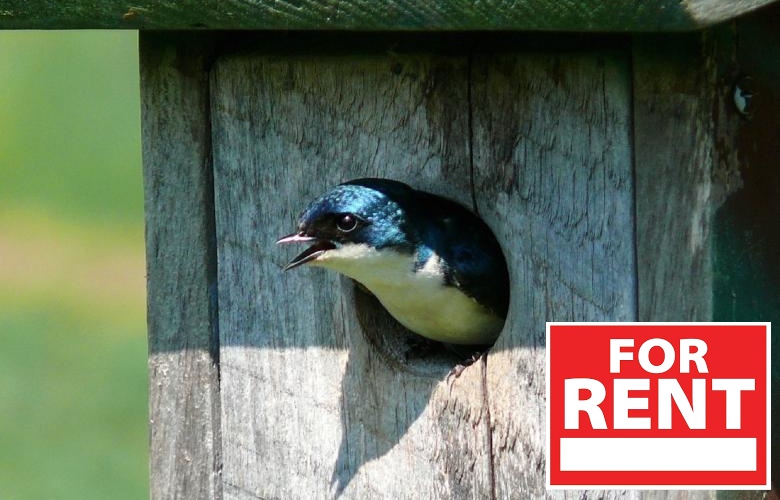


OTTAWA – A recent survey of birds born in the early 90s shows that three out of four of them expect to never own the birdhouse they live in, and will have to rent from humans forever.
“When my parents were my age, they had a two-nestroom balsa wood house with a perch swing and a fully-detached birdbath,” says local house sparrow Katie. “Meanwhile, if I want to stay in the old bird feeder I share with three other pigeons, I have to get up twice as early to catch twice as many worms as my grandparents did.”
“I tell people I’m selling my eggs because I don’t want children, but in reality, I can’t afford to raise chicks in this economy.”
Indeed, the turbulent birdhouse and nest market has caused drastic shifts in bird behaviour, with nightjars forced to work in daylight hours, burrowing owls subletting from gophers, and a steep decrease in empty nesters as many grown birds are forced to stay with their parents.
Unsurprisingly, a fair number of birds have their own theories for the current birdhouse shortage. Mr Tweet-Tweet, a robin who lives in a rapidly gentrifying backyard, feels that humanity isn’t motivated enough to end the current birdhousing crisis.
“Some other birds will blame the insane prices on all the migratory birds coming here, but what do the humans keep putting up? More 3-story bird condos no one can afford! They have to know that most birds don’t live long enough to pay off the mortgage on a place like that, right?”
Experts believe there are a number of factors causing the inflation of birdhouse prices, including a popsicle stick shortage, education cuts leading to fewer sixth-graders making birdhouses in shop class, and remnants of the financial crisis caused by the bird-run lending firm Goldfinch and Sachs.
In related news, dog house sales continue to decline as more and more dogs are choosing to cohabitate with their owners.


